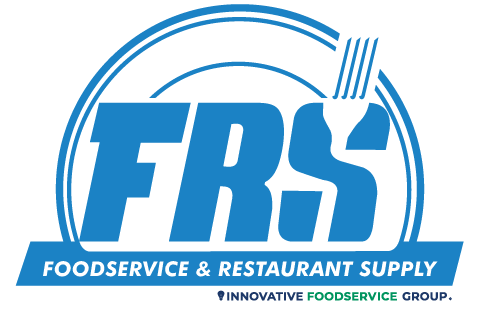How Tariffs Impact Restaurant Food Costs: What Owners Need to Know
In the ever-evolving landscape of the restaurant industry, external factors such as tariffs can significantly impact operations and profitability. Tariffs—taxes imposed on imported goods—affect the cost of ingredients, equipment, and other essential supplies that restaurants rely on daily. For restaurant owners, understanding how tariffs influence food costs is critical to making informed business decisions and maintaining a profitable menu.
The Direct Impact of Tariffs on Food Costs
Many restaurants depend on imported ingredients, whether it’s seafood, wine, specialty cheeses, or fresh produce. When tariffs are imposed on these goods, suppliers often pass the increased costs down the supply chain, ultimately affecting restaurant budgets. For example, if the U.S. imposes tariffs on European cheeses or Canadian seafood, the price of these items for American restaurants can rise significantly. This, in turn, forces restaurants to make difficult choices, such as adjusting menu prices, seeking alternative suppliers, or absorbing the cost to remain competitive.
Increased Equipment and Supply Costs
Beyond food, tariffs can also affect the cost of kitchen equipment, furniture, and other supplies. Many restaurant owners source ovens, refrigerators, cutlery, and even furniture from international manufacturers. If tariffs are imposed on these items, the cost of setting up or upgrading a restaurant increases, making it harder for small businesses to expand or renovate.
Managing the Effects of Tariffs
To navigate the financial challenges brought on by tariffs, restaurant owners can implement several strategies:
Diversifying Suppliers – Finding local or alternative suppliers can help reduce dependency on tariffed goods. Sourcing ingredients domestically may mitigate cost increases while also promoting local businesses.
Menu Adjustments – Tweaking menu offerings to incorporate more cost-effective ingredients can help maintain profitability without sacrificing quality.
Strategic Pricing – Incremental price adjustments on certain dishes can help offset higher costs while minimizing customer pushback.
Bulk Purchasing & Long-Term Contracts – Locking in prices through long-term supplier agreements or buying in bulk can provide cost stability amidst fluctuating tariff rates.
Customer Communication – Transparency about rising food costs due to tariffs can help customers understand any price increases, fostering goodwill and trust.
The Future of Tariffs and the Restaurant Industry
Tariff policies are subject to change due to shifts in government policies, international trade agreements, and economic conditions. Staying informed about potential tariff changes and their impact on the supply chain is crucial for restaurant owners. Joining industry associations, engaging with suppliers, and monitoring trade news can provide valuable insights to help restaurants adapt and thrive.
While tariffs present challenges, proactive planning and smart business strategies can help restaurant owners manage rising food costs effectively. By staying adaptable and informed, restaurants can continue to provide quality meals while maintaining financial health. Keeping a pulse on tariff developments and taking early action can make all the difference in sustaining success in an unpredictable economic environment.
